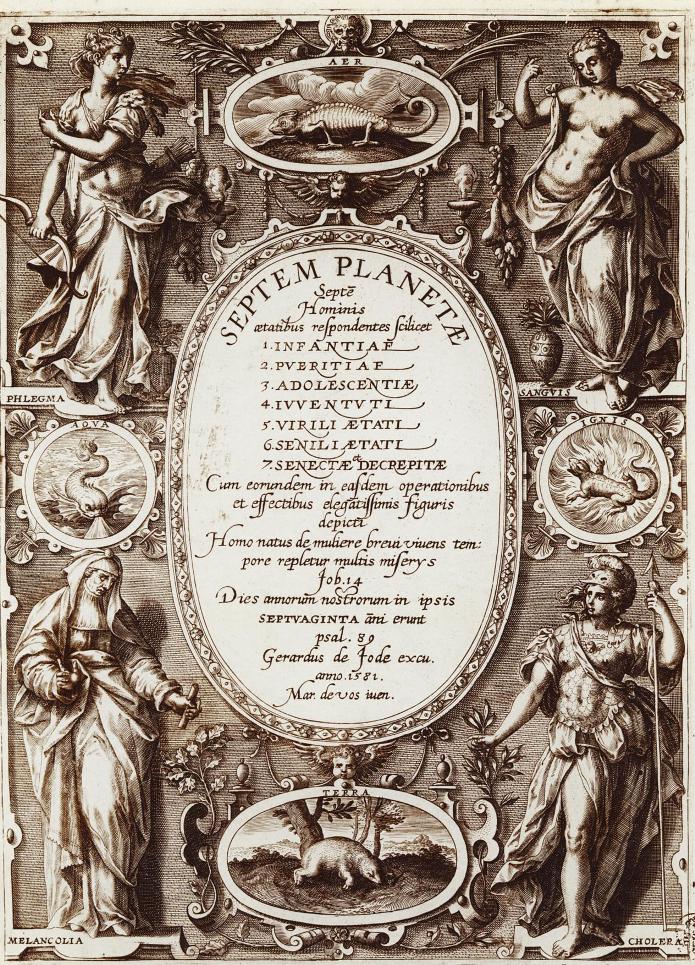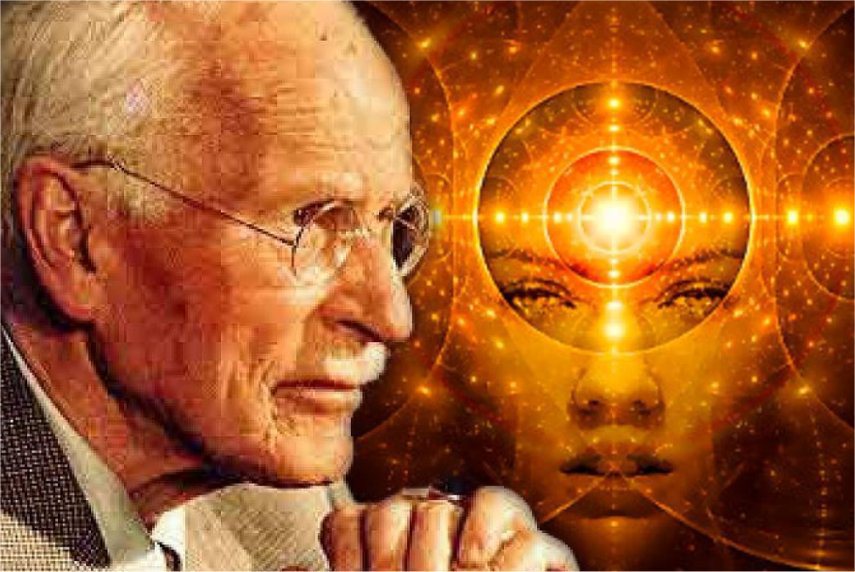p. 105
FOR the most comprehensive and lucid exposition of occult pneumatology (the branch of philosophy dealing with spiritual substances) extant, mankind is indebted to Philippus Aureolus Paracelsus (Theophrastus Bombastus von Hohenheim), prince of alchemists and Hermetic philosophers and true possessor of the Royal Secret (the Philosopher’s Stone and the Elixir of Life). Paracelsus believed that each of the four primary elements known to the ancients (earth, fire, air, and water) consisted of a subtle, vaporous principle and a gross corporeal substance.
Air is, therefore, twofold in nature-tangible atmosphere and an intangible, volatile substratum which may be termed spiritual air. Fire is visible and invisible, discernible and indiscernible–a spiritual, ethereal flame manifesting through a material, substantial flame. Carrying the analogy further, water consists of a dense fluid and a potential essence of a fluidic nature. Earth has likewise two essential parts–the lower being fixed, terreous, immobile; the higher, rarefied, mobile, and virtual. The general term elements has been applied to the lower, or physical, phases of these four primary principles, and the name elemental essences to their corresponding invisible, spiritual constitutions. Minerals, plants, animals, and men live in a world composed of the gross side of these four elements, and from various combinations of them construct their living organisms.
Henry Drummond, in Natural Law in the Spiritual World, describes this process as follows: “If we analyse this material point at which all life starts, we shall find it to consist of a clear structureless, jelly-like substance resembling albumen or white of egg. It is made of Carbon, Hydrogen, Oxygen and Nitrogen. Its name is protoplasm. And it is not only the structural unit with which all living bodies start in life, but with which they are subsequently built up. ‘Protoplasm,’ says Huxley, ‘simple or nucleated, is the formal basis of all life. It is the clay of the Potter.'”
The water element of the ancient philosophers has been metamorphosed into the hydrogen of modern science; the air has become oxygen; the fire, nitrogen; the earth, carbon.
Just as visible Nature is populated by an infinite number of living creatures, so, according to Paracelsus, the invisible, spiritual counterpart of visible Nature (composed of the tenuous principles of the visible elements) is inhabited by a host of peculiar beings, to whom he has given the name elementals, and which have later been termed the Nature spirits. Paracelsus divided these people of the elements into four distinct groups, which he called gnomes, undines, sylphs, and salamanders. He taught that they were really living entities, many resembling human beings in shape, and inhabiting worlds of their own, unknown to man because his undeveloped senses were incapable of functioning beyond the limitations of the grosser elements.
The civilizations of Greece, Rome, Egypt, China, and India believed implicitly in satyrs, sprites, and goblins. They peopled the sea with mermaids, the rivers and fountains with nymphs, the air with fairies, the fire with Lares and Penates, and the earth with fauns, dryads, and hamadryads. These Nature spirits were held in the highest esteem, and propitiatory offerings were made to them. Occasionally, as the result of atmospheric conditions or the peculiar sensitiveness of the devotee, they became visible. Many authors wrote concerning them in terms which signify that they had actually beheld these inhabitants of Nature’s finer realms. A number of authorities are of the opinion that many of the gods worshiped by the pagans were elementals, for some of these invisibles were believed to be of commanding stature and magnificent deportment.
The Greeks gave the name dæmon to some of these elementals, especially those of the higher orders, and worshiped them. Probably the most famous of these dæmons is the mysterious spirit which instructed Socrates, and of whom that great philosopher spoke in the highest terms. Those who have devoted much study to the invisible constitution of man realize that it is quite probable the dæmon of Socrates and the angel of Jakob Böhme were in reality not elementals, but the overshadowing divine natures of these philosophers themselves. In his notes to Apuleius on the God of Socrates, Thomas Taylor says:
“As the dæmon of Socrates, therefore, was doubtless one of the highest order, as may be inferred from the intellectual superiority of Socrates to most other men, Apuleius is justified in calling this dæmon a God. And that the dæmon of Socrates indeed was divine, is evident from the testimony of Socrates himself in the First Alcibiades: for in the course of that dialogue he clearly says, ‘I have long been of the opinion that the God did not as yet direct me to hold any conversation with you.’ And in the Apology he most unequivocally evinces that this dæmon is allotted a divine transcendency, considered as ranking in the order of dæmons.”

Moe is the founder of GnosticWarrior.com. He is a father, husband, author, martial arts black belt, and an expert in Gnosticism, the occult, and esotericism.



